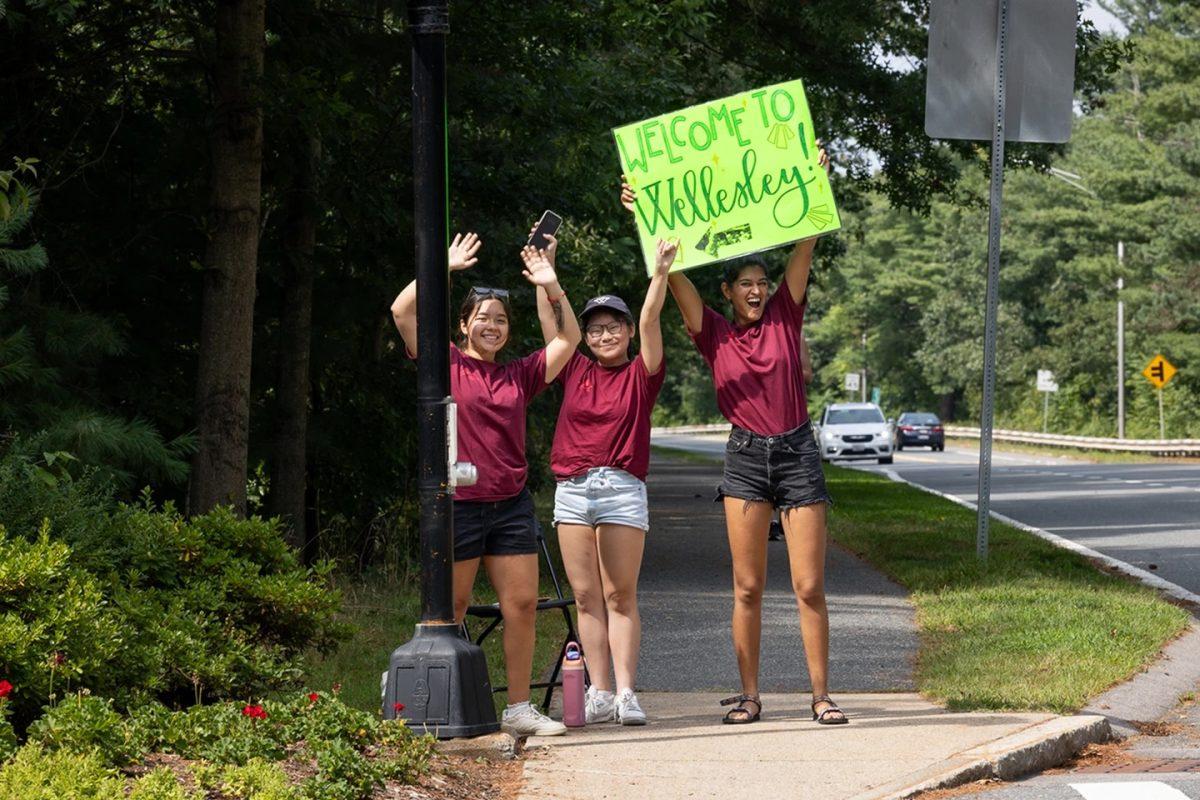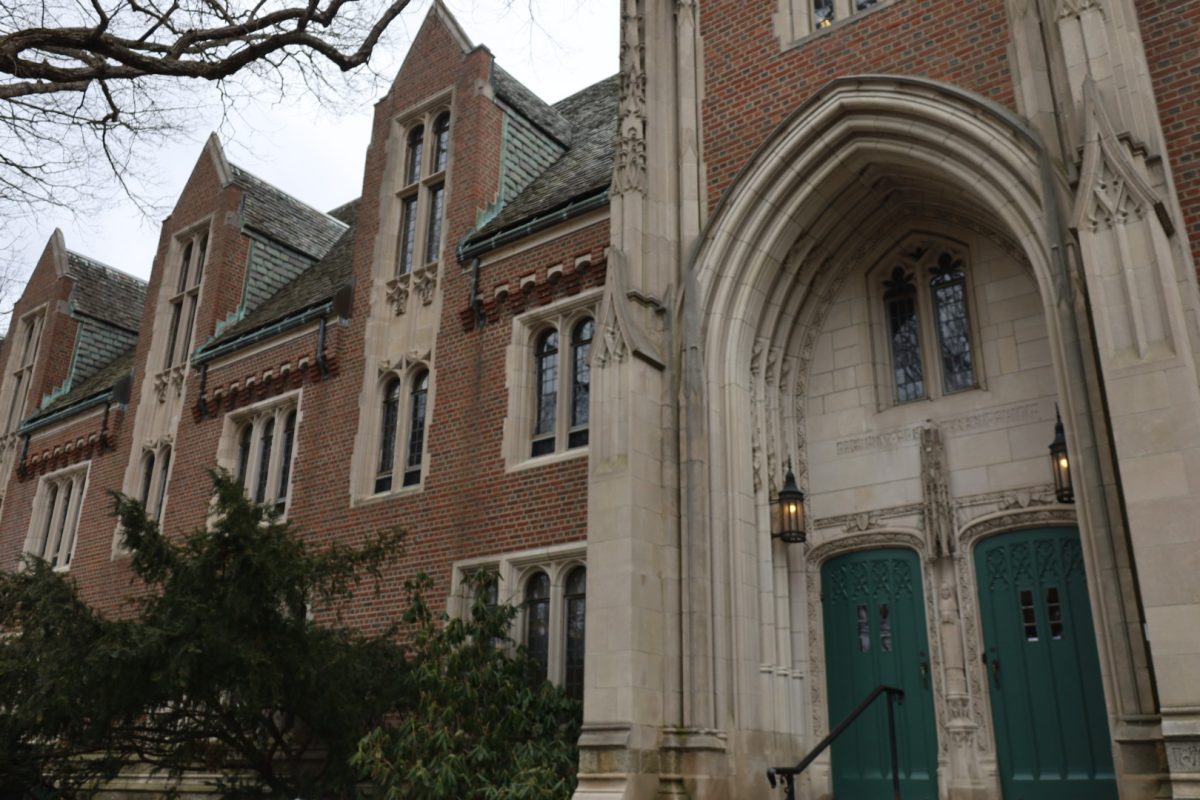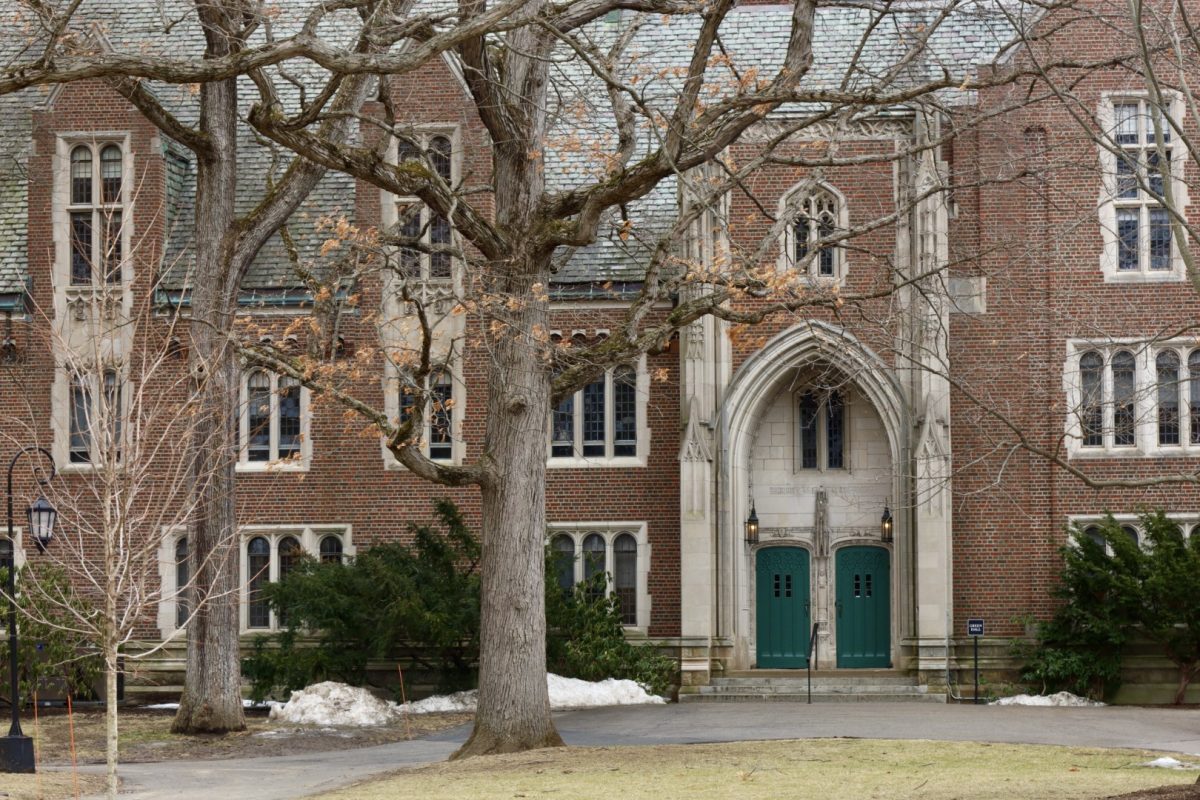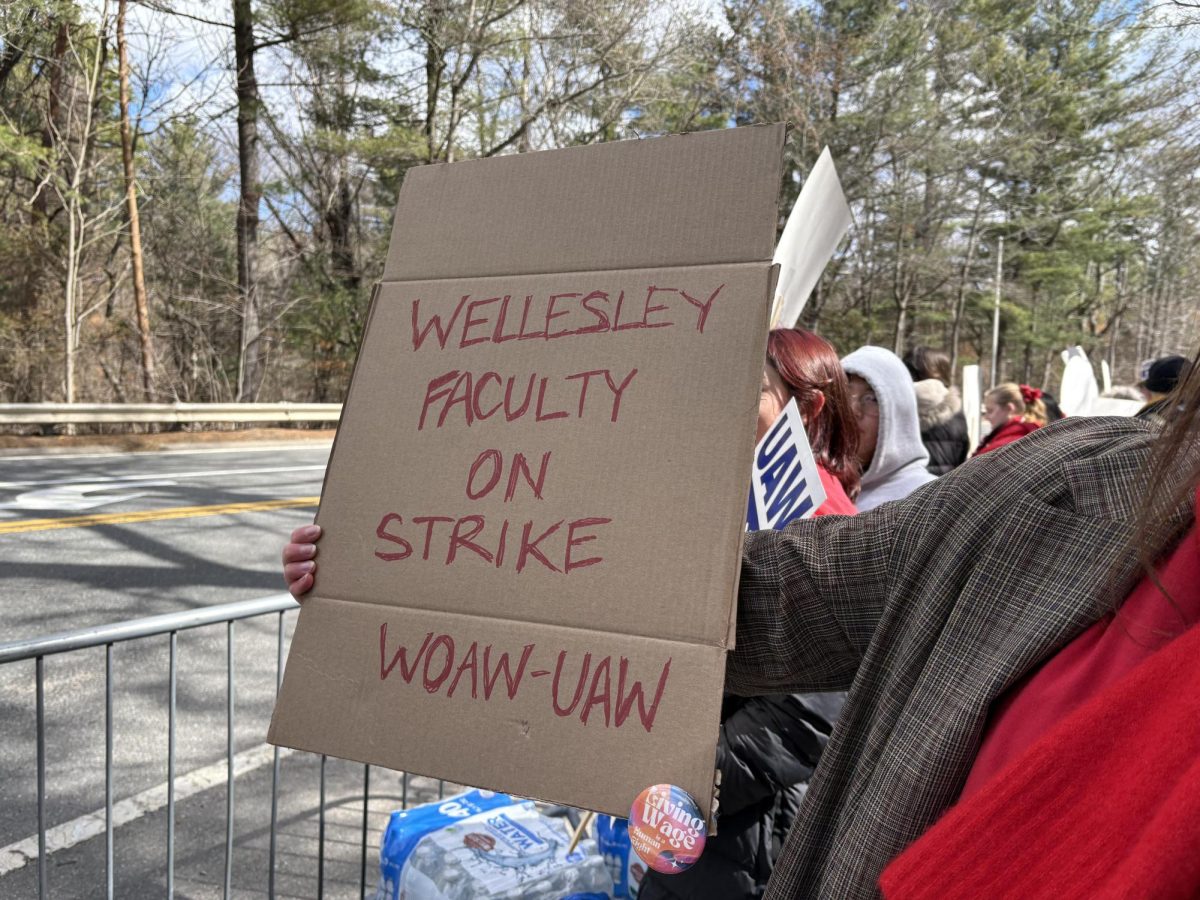Students across the Wellesley community are reacting to newly released statistics regarding the class of 2028. Wellesley’s incoming class saw an increase in Asian and white students and a dip in Black and Latine enrollment since the Supreme Court barred universities and colleges from considering race in admission.
On Sept. 5, President Paula Johnson and Dean T. Peaches Valdes sent a campus-wide email announcing these statistics and how the Office of Admission plans to respond.
Compared to the class of 2027, the last class admitted under race-conscious admissions, the percentage of both Black and Latine students dropped by 4%, respectively. This year also saw a 3% increase in the share of both white students and Asian American students.
Students admission workers, who work closely with the Office of Admission in reaching prospective applicants and students, said they were perturbed by the reported admission statistics.
“I was a little bit shocked,” said Mariam Sirage ’26. “My understanding before was that Wellesley’s going to be more fine compared to most schools because we do a lot of outreach. We’re not solely reliant on people checking this box. We’re going to communities of color, we’re doing all the things, so I was a little bit shocked that the numbers went down at all.”
Kaylabelle Mundi ’25, whose class saw one of the highest percentage of Black students, described the fact that the number has dropped from 11% to 5% within the span of four years as “disturbing.”
The decline in minority enrollment spurred concerns across Wellesley campus, including for students in leadership positions.
“It was an absolute shock because the SCOTUS affirmative action decision was something that we were all aware of, and it just seemed a little bit more distant. All of the sudden we have this new entering class of 2028 and we’ve seen already an immediate impact,” College Government (CG) President Mia Cadena ’25 said.
Cadena expressed an appreciation towards the College’s announcement acknowledging the change in racial makeup of the new class.
“There was a part of me that was glad to have it laid out there in front. There was no attempt to hide the numbers or to hide the fact that this decision did impact the incoming class of 2028 here at Wellesley,” said Cadena.
Wellesley’s demographics shift on is in line with what some predicted after the Supreme Court ruled against race-conscious affirmative action.
“I definitely wasn’t surprised. I had seen that a lot of schools were anticipating that would happen,” said Breanna White ’22.
As Wellesley adapts to a new era of admission, community members outlined what they would like to see from the Office of Admission to address the decline in minority enrollment and promote diversity.
“I would also love to see them just be a little bit more aggressive when it comes to recruiting minority students who are underrepresented in general,” said White. “I feel like the problem is that a lot of Black students don’t even know that Wellesley is an opportunity; they don’t know how to get that aid, how to meet the application standards, and how to get there.”
The Sept. 5 announcement further outlined some of the College’s approaches for recruiting the class of 2029, including group travel and visits to community-based organizations and participating in local and national college fairs. The College also plans to strengthen affinity-based participation for admitted students.
“Starting this season, Wellesley admissions counselors are doing more traveling and so there’s definitely an intentional effort to communicate with communities that we haven’t been able to before,” said Mundi.
While the outcome of increased outreach and recruiting efforts is yet to play out, students like Sirage remain optimistic that minority enrollment will increase.
“I think honestly this is a learning experience and they’re just going to learn how to adjust so they can get back to their average,” said Sirage. “I think [Admission should] keep doing what they’re doing.”
In the meantime, uncertainty surrounds how the post-affirmative action demographics will influence campus life in the coming years.
“I feel like the Wellesley student response to the demographics change was fairly muted,” said Mundi. “There are people on this campus that you care about, that you have in your classes, in your dorms … In the next few years it’s not going to look like that. There may be complete departments with no Black, Hispanic, Native/Indigenous students in them.”
One way in which the CG hopes to encourage student involvement and representation on campus is a revamp of the President’s Council, which Cadena envisions to be a space for diverse voices to serve as an advisor to CG presidents, independent from Senate.
Regardless, concerns remain about the campus-wide response to the decline in minority enrollment.
“I know [the Office of Admission] couldn’t have done anything, but that’s not the response you should have. The response is: ‘What should we do?’ not ‘we couldn’t do anything,’” said Mundi.
Contact the editors responsible for this story: Valida Pau and Lyanne Wang





beth anne cole | Sep 18, 2024 at 7:17 pm
Keep up the good work, and keep on it! It’s so important!